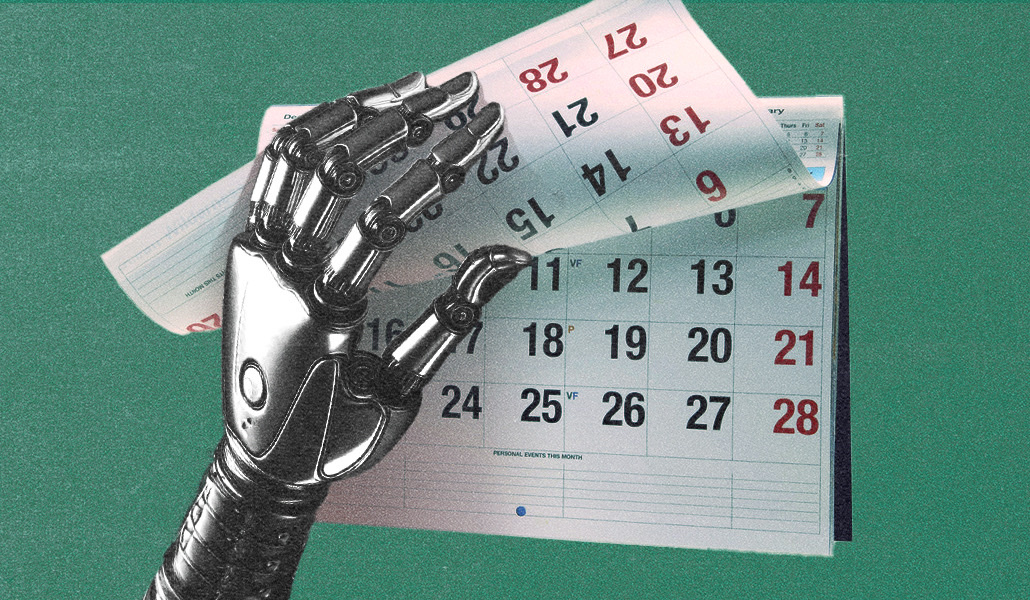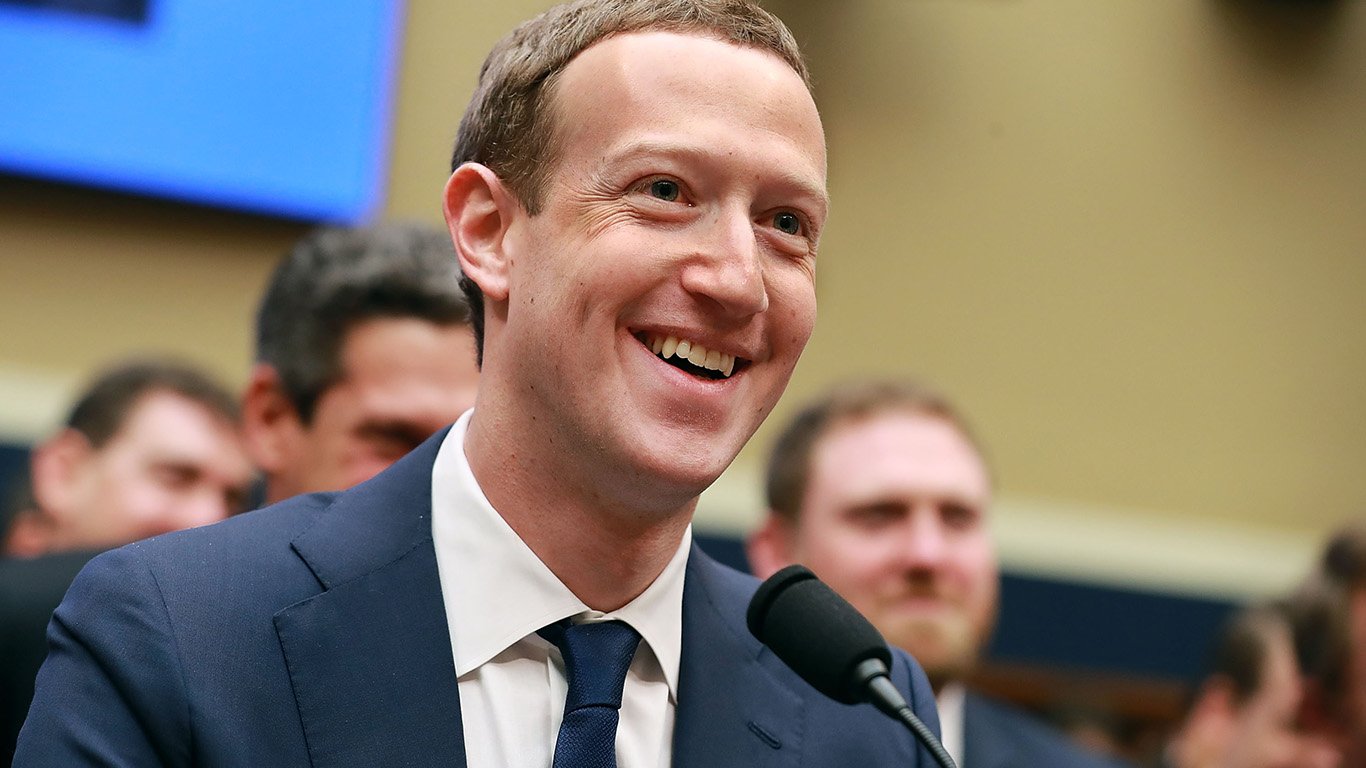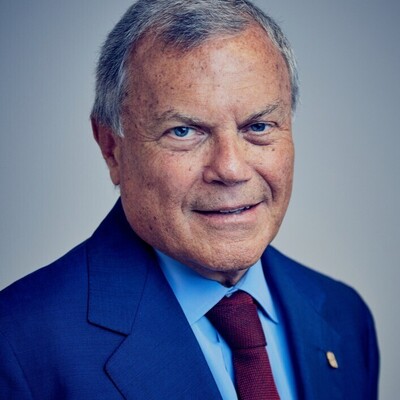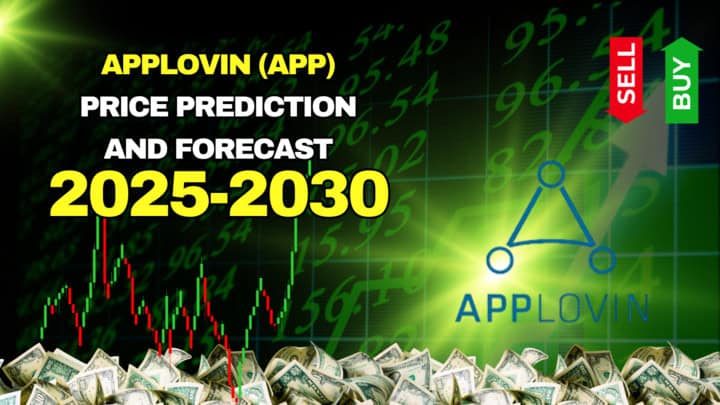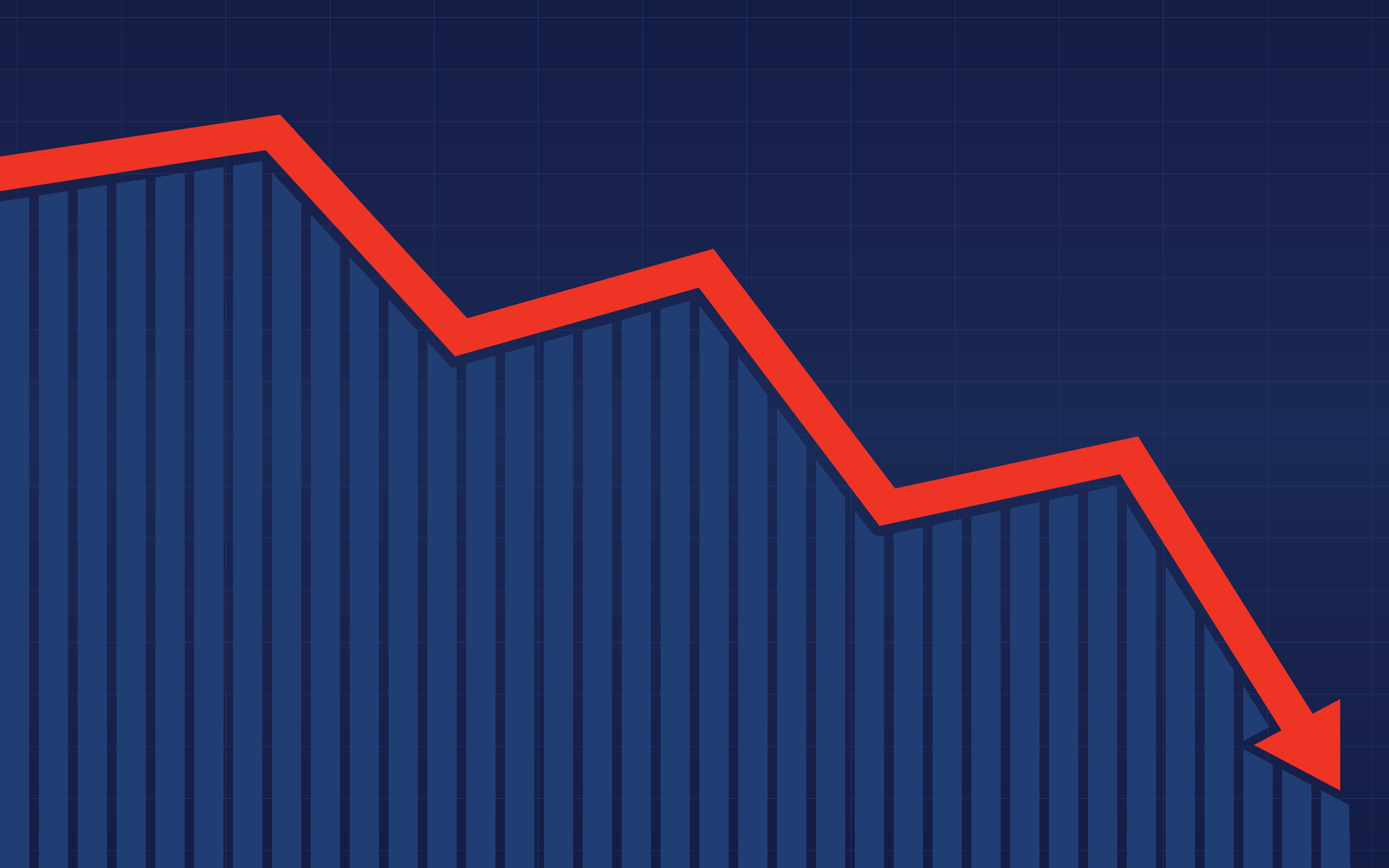fromThe Motley Fool
13 hours agoAlphabet Has Another Hidden Asset, and Its Value Is About to Go to the Moon in 2026 | The Motley Fool
Alphabet is best known for Google, which is the most dominant search engine on the planet. Google commands an approximate 90% market share in search, in large part due to the distribution advantages it has. The company owns both the world's leading web browser in Chrome and the No. 1 smartphone operating system in Android. Alphabet also has a search revenue-sharing deal with Apple to be the default search on all its devices.
Artificial intelligence
